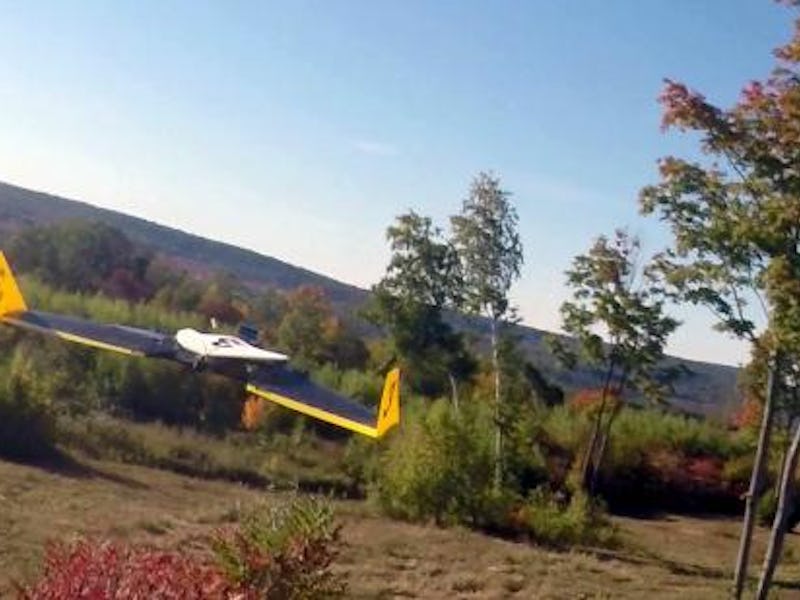Can This Object Avoidance System Kill the Dumb ‘Drone Fail’ Video Genre?
Automatically dipping, dodging, and ducking at 30 mph.

The death knell of the “drone fail” YouTube video genre is the buzz of a UAV speeding through trees at 30 miles an hour, swerving around branches like a Jedi on amphetamines. Autonomous obstacle avoidance, whether the obstacles are buildings or sticks wielded by zoo animals, has long been considered the next logical step in drone development, but it is also an immensely complicated technology. Now, breakthrough work is making its way online. You know what’s cooler than a drone crashing? A drone not crashing.
Previous navigation tricks were mostly about preparation. As Massachusetts Institute of Technology’s Andrew Barry, a Ph.D. student who describes his system in an MIT press release, points out: Navigation systems can pre-render a map of a flight area to avoid inanimate objects or integrate with lidar or lean on algorithms. Those things work…badly. The maps are impractical, the lidar is heavy, and the algorithms are slow. Barry’s alternative focuses on image frames that are 10 meters away and uses wingtip cameras shooting at 120 fps to input information into a new kind of algorithm. The result? A drone not crashing.
Barry admits that algorithm currently has to overcome the error of observational drift, and that the ability to occasionally check at distances other than 10 meters will refine the obstacle avoidance. This would, potentially, open up dense forests, and suddenly changing environments — like a hawk swooping down from the sky, talons-out — as fail-free drone zones.
The algorithm is open-source and available on GitHub.